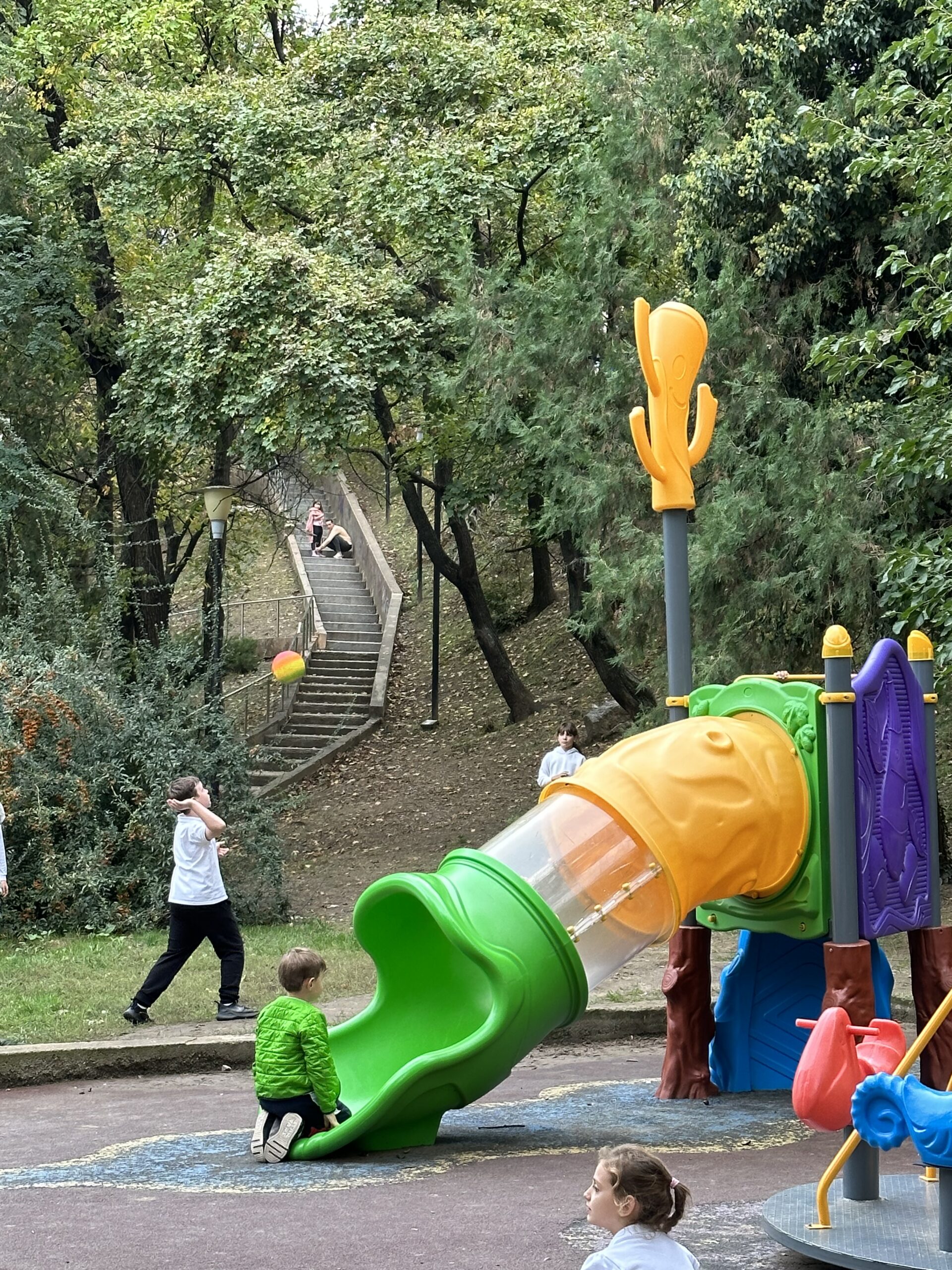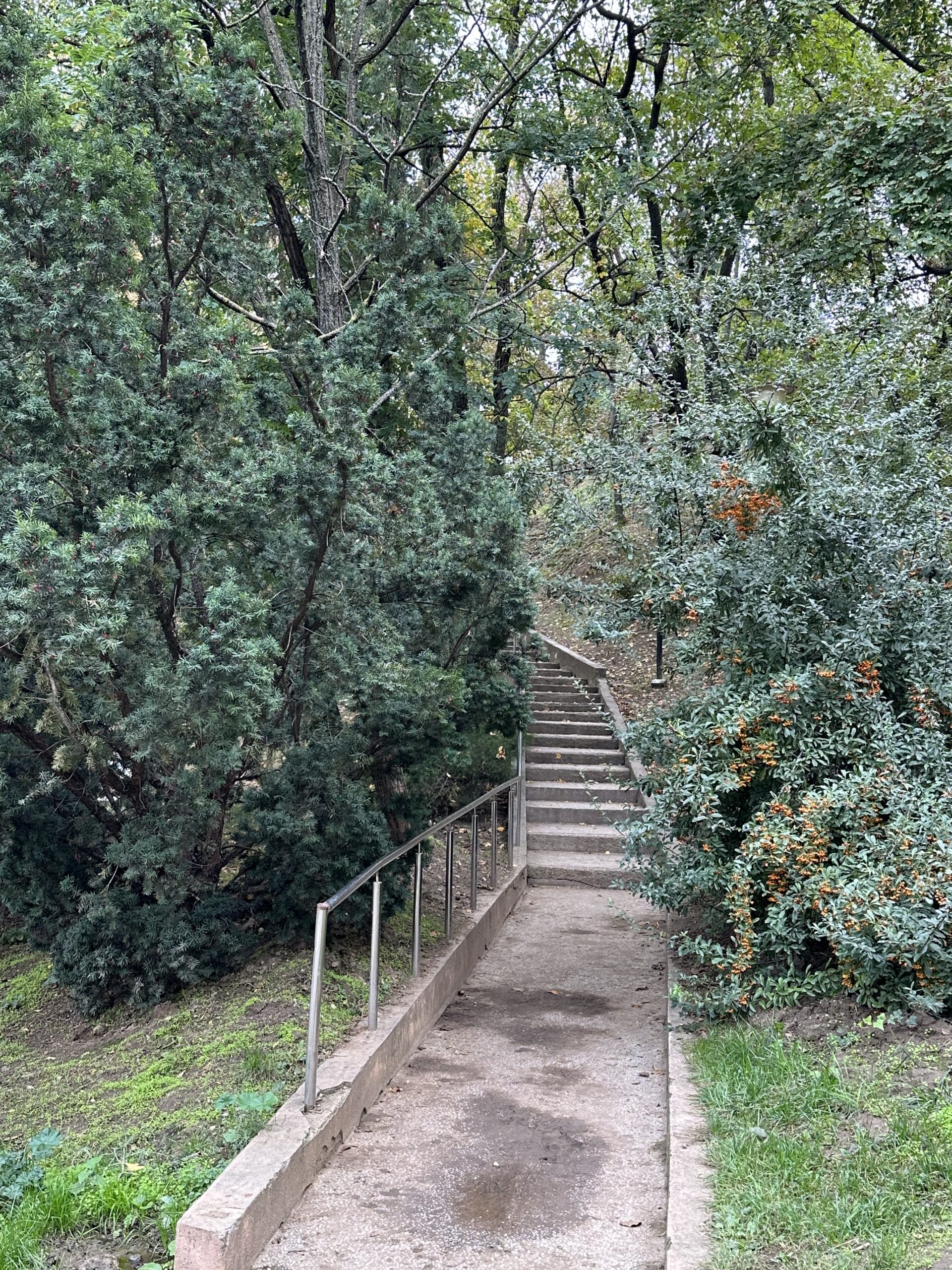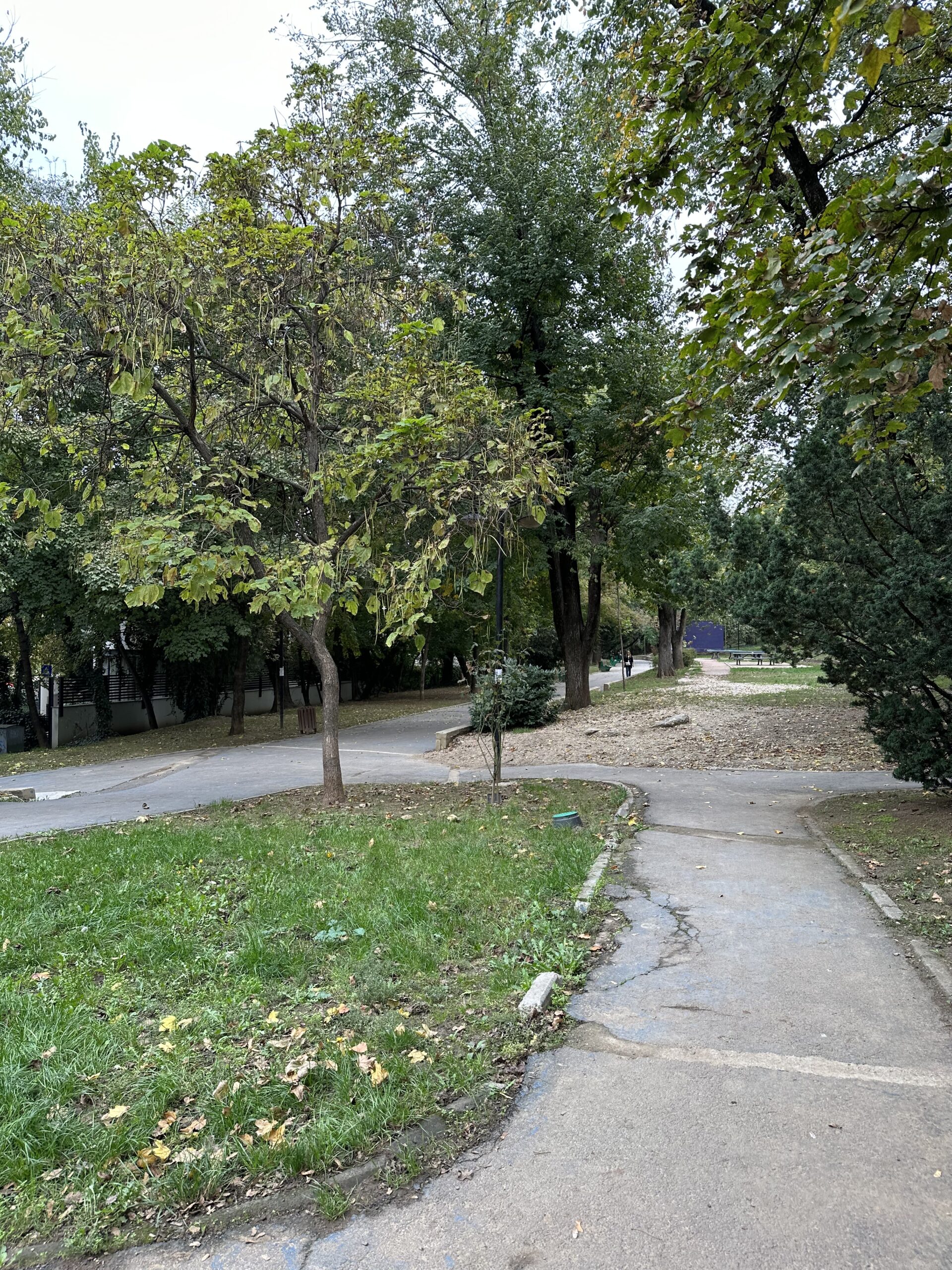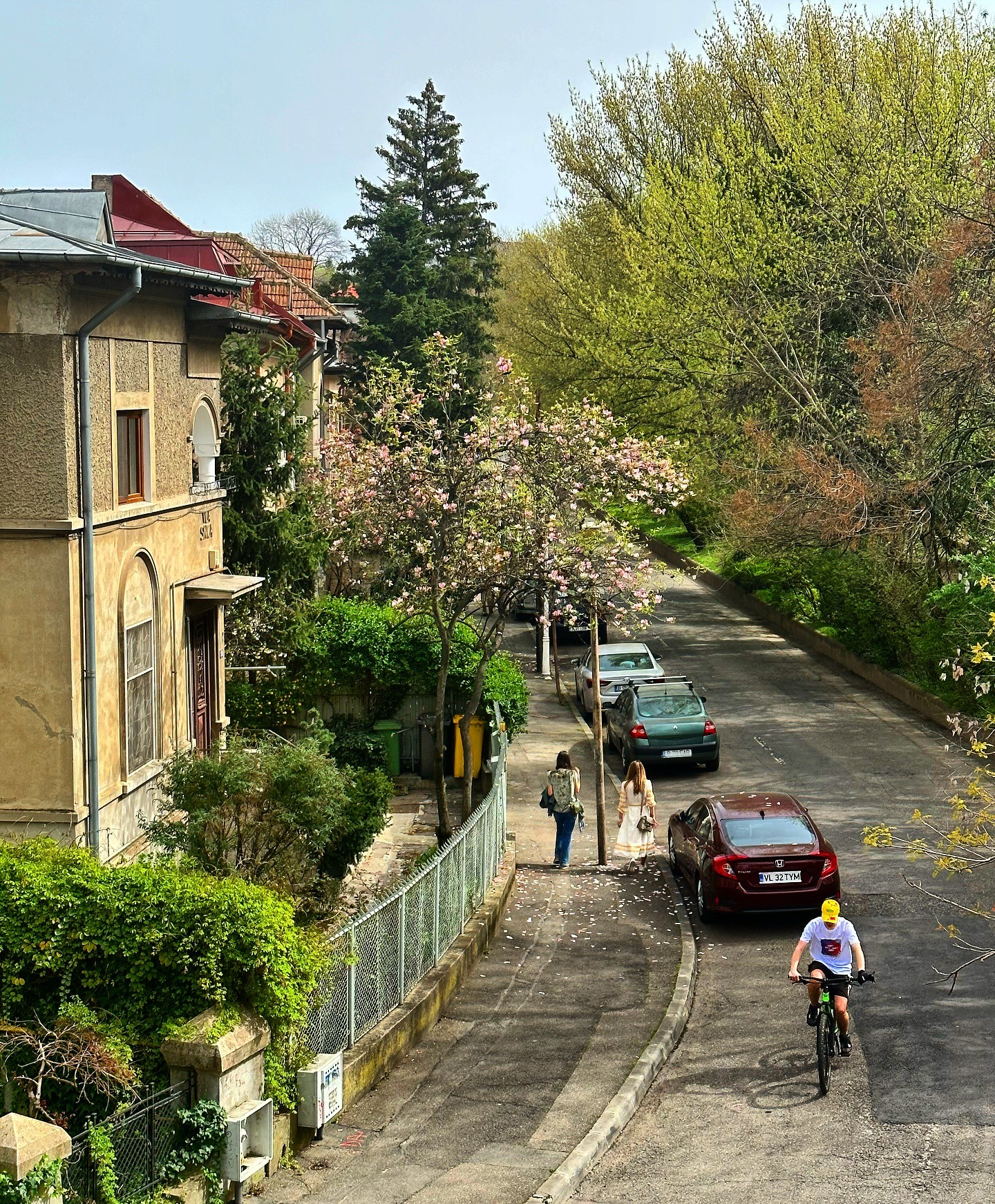Romniceanu Park
The Romniceanu Park in Bucharest was laid out in the beautiful Cotroceni district, on a steeply sloping land, near the "Carol I" National Defense University and near the BNR Arenas, a place known in the past as "la Țăcălie", an archaic term meaning a peak (sharp) of the hill.
It is a narrow and long park, between Alexandru Vitzu street, (1852-1902), Romanian zoologist, corresponding member (1897) of the Romanian Academy, at the top of the hill, and Doctor Mihail Romniceanu street (1891-1960), former licentiate in law, studied in Paris, lawyer, professor at the Faculty of Law in Bucharest, politician, from whom he took his name and the park, at the foot of the hill, where the main stream of Dâmbovița also ends.
The park is full of trees, the alleys are paved with benches, there is a children's playground with ping-pong tables and swings, as well as an artesian fountain. In winter, Romniceanu Hill is only good for sledging. The artesian fountain, whose basin is 14 m in diameter, is built of marble-clad concrete. The water is projected through a cone with 250 nozzles in 14 possible water game styles up to a maximum height of 7 m. The show can be illuminated with 60 underwater projectors with filters in 6 different colors.
Romniceanu is a very quiet place, only good for a break with a book in hand. Few people come here, some to relax, others to walk their dogs or run. It is so small that no one from the other side of the city would travel to walk on its alleys, so it remains an oasis of peace for the residents of the Cotroceni neighborhood.
The park is located in one of the most bourgeois areas, an interesting one, even aristocratic, with special villas with green fences and old trees on the alleys.
The Monumental Stairs are part of Romniceanu Park and offer an overview of Doctor Grigore Romniceanu street from above.
The well-known Stairs of Happiness are situated at the other end of the park. The history of the Stairs of Happiness begins about a century ago, around the 1920s, when the Cotroceni neighborhood was not yet the same as it is today, and the imposing villas of today began to appear here instead of the old houses in the heart of the Cotroceni Monastery (which was on the place where we now find the Cotroceni Palace). The stairs have resisted brilliantly over the years, being a project made with small stone steps delimited by metal elements to make them more resistant to wear. At the same time, the stairs offered a Parisian air to the area thanks to the metal fence decorated with specific motifs in the middle of them.
Get There
FOLLOW US
© 2025 All rights reserved.
Webdesigned and promoted by TUYA Digital








